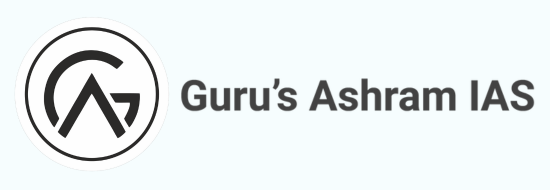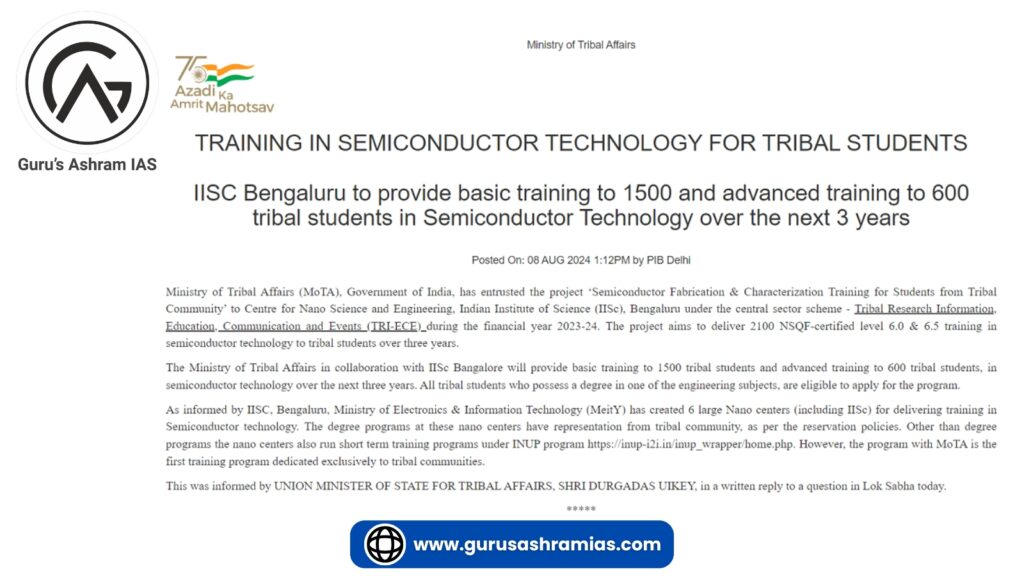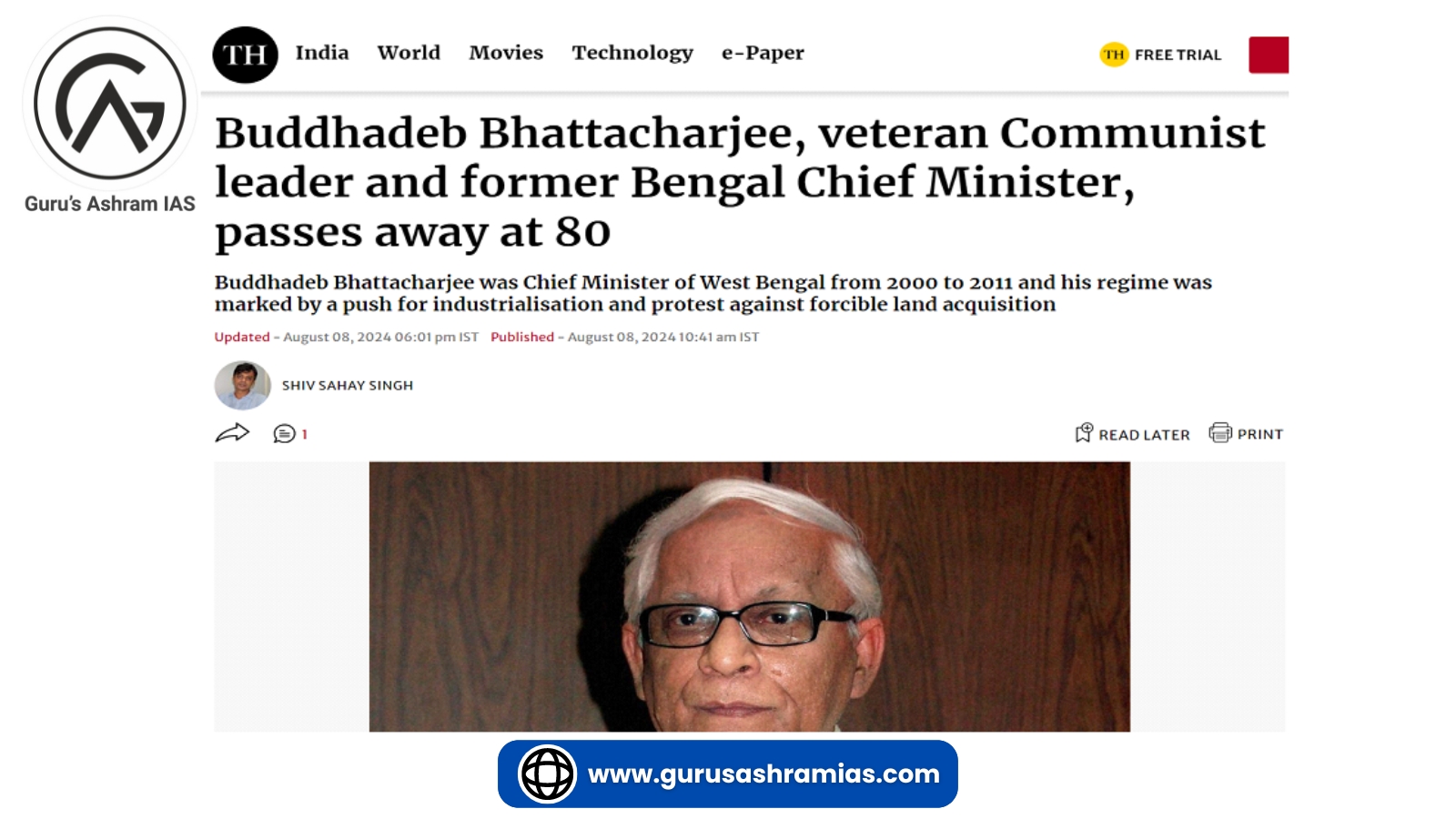International Day of Indigenous Peoples
- Recently, International Day of Indigenous Peoples was observed on 9th August to promote support for indigenous rights.
- In another development, Indian Institute of Science (IIS) Bangalore has been entrusted with the task of training tribal students under semiconductor manufacturing and characterization training for tribal students as part of Tribal Research Information, Education, Communication and Programmes (TRI-ECE).
International Day of the World’s Indigenous Peoples:
- International Day of the World’s Indigenous Peoples has been celebrated annually on 9 August since the United Nations General Assembly adopted a resolution in December 1994 to celebrate the International Day of the World’s Indigenous Peoples.
- The day recognizes the first meeting of the United Nations Working Group on Indigenous Populations held in Geneva in 1982.
- The theme for the year 2024 is: Protecting the Rights of Indigenous Peoples in Voluntary Isolation and Initial Contact.”
Key facts related to tribals globally:
- Currently about 200 tribal groups are living in voluntary isolation in Bolivia, Brazil, Colombia, Ecuador, India etc.
- It is estimated that 476 million tribals live in 90 countries in the world.
- They make up less than 6% of the world’s population but account for at least 15% of the poorest people.
- They speak most of the world’s estimated 7,000 languages and represent 5,000 distinct cultures.
Key facts related to tribals in India:
- In India, the term ‘Adivasi’ is used as a broad term to define several ethnic and tribal people who are considered to be the tribal population of India.
- These ancestral groups represent about 8.6 per cent of India’s general population as per Census 2011, which is equivalent to about 104 million people overall.
Essential features:
According to the Lokur Committee (1965), the essential characteristics of tribals are:
- Indication of primitive traits
- Unique culture
- Hesitancy in contact with the community at large
- Geographical isolation
- Backwardness
- Scheduled Tribes (ST) in India refers to various tribal communities or tribes that are recognized by the government for special protection and assistance.
The basic safeguards provided by the Constitution of India for the Scheduled Tribes:
Educational and Cultural Security:
- Article 15 (4): Special provision for the advancement of Other Backward Classes (including Scheduled Tribes) Article 29: Protection of interests of minorities (including Scheduled Tribes)
- Article 46: The State shall promote with special care the educational and economic interests of the weaker sections of the people, and in particular of the Scheduled Castes and the Scheduled Tribes and shall protect them from social injustice and all forms of exploitation.
- Article 350: Right to preserve a particular language, script or culture.
The political security:
- Article 330 of the Constitution: Reservation of seats for Scheduled Tribes in the Lok Sabha,
- Article 332: Reservation of seats for Scheduled Tribes in State Legislative Assemblies
- Article 243: Reservation of seats in Panchayats.
Administrative safeguards:
- Article 275 provides for special funds to be provided by the Central Government to the State Government for promoting the welfare of the Scheduled Tribes and for providing them better administration.
- Particularly vulnerable tribal groups (PVTGs)
- PVTGs are more vulnerable among tribal groups.
- In 1973, the Dhebar Commission created the Primitive Tribal Groups (PTG) as a separate category of less developed tribal groups.
- In the year 2006, the Government of India changed the name of PTG to PVTG. In this context, in the year 1975, the Government of India took the initiative to identify the most vulnerable tribal groups as a separate category called PVTGs and declared 52 such groups, while in the year 1993, an additional 23 groups were added to the category, taking the total to 75 PVTGs out of 705 STs.
- Some of the basic features of PVTG are – They are mostly homogeneous, have a small population, are relatively physically isolated, lack a written language, have relatively simple technology, and have a slow rate of change.
- The highest number of 75 listed PVTGs is found in Odisha.
Semiconductor manufacturing and specialization training for tribal community project students:
- The objective of the project is to provide specialized training to promote advanced technical skills to tribal students.
Objectives:
- It aims to provide 2100 NSQF-certified level 6.0 and 6.5 training in semiconductor technology to tribal students in three years.
- National Skills Qualifications Framework (NSQF) Level 6.0 generally corresponds to a bachelor’s degree or equivalent and NSQF Level 6.5 often represents a specialized skill set or advanced diploma beyond a bachelor’s degree.
The structure of training:
- 1,500 tribal students will be provided basic training in semiconductor technology, out of which 600 students will be selected for advanced training. Applicants must have a bachelor’s degree in engineering.
Buddhadeb Bhattacharjee: Communism
- Former Chief Minister of West Bengal and veteran Communist leader Buddhadeb Bhattacharjee (1944-2024) passed away recently in Kolkata.
- He was the Chief Minister of West Bengal from 2000 to 2011 and despite being associated with communism, industrialization was promoted under his rule.
Buddhadeb Bhattacharjee:
- He became the Chief Minister of West Bengal after Jyoti Basu. He led the Communist Party of India (Marxist) to power for two consecutive terms in 2001 and 2006.
- He remained the Chief Minister till 2011 when the Trinamool Congress ended the 34-year rule of the Left Front.
Governance and Policies:
- During his tenure, the Left Front government adopted a relatively open policy towards business despite adhering to communism.
- He was also behind the plans to set up the Tata Nano plant in Singur and the special economic zone in Nandigram. However, the plan was dropped following opposition from local political parties on the issue of land acquisition.
- During his rule, West Bengal witnessed investments in the IT and IT-enabled services sector.
Awards:
- In 2022, the Central Government announced the Padma Bhushan award to him, but he refused to accept it as Marxists are generally reluctant to accept the award for public service.
Died:
- He was suffering from Chronic Obstructive Pulmonary Disease and his body was donated to NRS Medical College and Hospital, Kolkata for medical research.
Communism:
- Communism is a political and economic ideology associated with Karl Marx. It advocates a classless society where all property and wealth are owned collectively.
- Marx popularized these ideas in his work “Communist Manifesto” in the year 1848.
- Marx argued that capitalism breeds inequality and exploitation, benefiting the wealthy few at the expense of the working class (proletariat).
Objective:
- Marx envisioned a world where labour was voluntary, and wealth was shared equally among all citizens.
- Marx proposed that government control of the economy would eliminate class distinctions.
- Major examples of communism were the Soviet Union and China. The Soviet Union collapsed in 1991, but China has largely reformed its economy to include some form of capitalism.
The communist economic system:
- The goal of communism was to establish a system in which class distinctions were abolished and the means of production were owned by the people.
- It is characterized by a controlled economy, where property is owned by the state and production levels and prices of goods are determined by the state.
- Individuals cannot own private property such as shares or real estate.
- Its main goal is to eliminate capitalism (an economic system governed by private ownership).
- Marx hated capitalism because the proletariat was exploited and unfairly represented in politics.
History and Impact of Communism in India:
Formation:
- The Communist Party of India (CPI) was formed in Tashkent on 17 October 1920 with the contribution of Indian revolutionaries like M.N. Roy.
- In December 1925, the CPI was founded at an open conference in Kanpur with its headquarters in Bombay.
Role in the Freedom Struggle:
- Communist ideas influenced the Congress, leading it to take a firm stand against British rule, which was different from mild resistance.
- The British reacted by making arrests and prosecuting cases of conspiracy, the most notable being the Meerut Conspiracy Case (1929-1933).
- During the Bengal famine of 1943, the Communists organised relief efforts.
The people’s struggle:
- The post-World War II years saw a surge in working class struggles and peasant mobilisation, including the Royal Indian Navy mutiny in 1946.
Tebhaga movement:
- An important peasant movement demanding better tenancy or sharecropping rights in Bengal, demonstrating Hindu-Muslim unity.
Telangana movement (1946-1951):
- He fought against feudal exploitation and autocratic rule, resulting in land redistribution.
- Post-Independence (1947)
- In the first Lok Sabha (1952-57), the largest party in the opposition was the Communist Party of India (CPI).
- In the year 1957, CPI won the state election in Kerala. Kerala was the first state in independent India to elect a communist government in a democratic manner.
The split in the communist movement:
- Some members of the CPI believed that the communists should cooperate with the leftist group within the Congress party which opposed both imperialism and feudalism.
- This led to the split of the Communist Party of India into two factions in 1964.
- The faction opposed to the path of cooperating with the Congress formed the Communist Party of India (Marxist) or CPI (M), while the other faction retained the name Communist Party of India (CPI).
- In 1969, like Mao Zedong, believing in the need for armed struggle, another group of Communists formed the Communist Party of India (Marxist-Leninist) or CPI (ML).
Maoism:
- Maoism is a form of communism developed by Mao Zedong of China.
- It is a doctrine of seizing state power through a combination of armed rebellion, mass-movement and tactical alliances.
- Maoists also use propaganda and disinformation against state institutions as other components of their insurgency doctrine.
- “Mao called this process” “protracted people’s war,” “where the emphasis is on the” “military line” “to seize power.”
Central theme:
- The central theme of Maoist ideology is the use of violence and armed rebellion to seize state power.
- According to the Maoist insurgency theory ‘keeping arms is indispensable’.
- Maoist ideology glorifies violence, and the cadres of the People’s Liberation Guerrilla Army (PLGA) are specially trained in the worst forms of violence to strike terror among the population under their sway.
Influence of Maoists in India:
- The largest and most violent Maoist organisation in India is the Communist Party of India (Maoist).
- The Communist Party of India (Maoist) was formed in the year 2004 through the merger of the Communist Party of India (Marxist-Leninist) People’s War (People’s War Group) and the Maoist Communist Centre of India (MCCI).
- The CPI (Maoist) and all its front organisation formations have been included in the list of proscribed terrorist organisations under the Unlawful Activities (Prevention) Act, 1967.
- Front organisations are offshoots of the parent Maoist party, which claim a separate existence to avoid legal liability.
- What is the difference between Marxism and Maoism?
FOCUS OF REVOLUTION:
- Both focus on the principle of proletarian revolution which will transform society.
- Marxism focuses on urban workers while Maoism focuses on the peasant or farming population.
Approach to Industrialization:
- Marxism believes in an economically sound state that is industrialized.
- Maoism has a broad economic outlook which also gives essential importance to agriculture.
The driving force of social change:
- According to Marxism, social change is driven by the economy.
- Maoism, however, emphasizes the ‘resilience of human nature’. Maoism talks about how human nature can be changed only by exercising the will.
Impact of economy on society:
- Marxism believed that everything that happens in a society is related to the economy.
- Maoism believed that everything that happens in society is the result of human will.
Conclusion:
- India has had an important and complex history of communism, which has influenced both the political and social landscape. Leaders like Buddhadeb Bhattacharjee played an important role in shaping the policies of the state, especially in West Bengal where communism dominated for decades.
- While the ideology promoted social justice and workers’ rights, its implementation often faced challenges, especially in balancing industrial development with the principles of equality and communal harmony.





